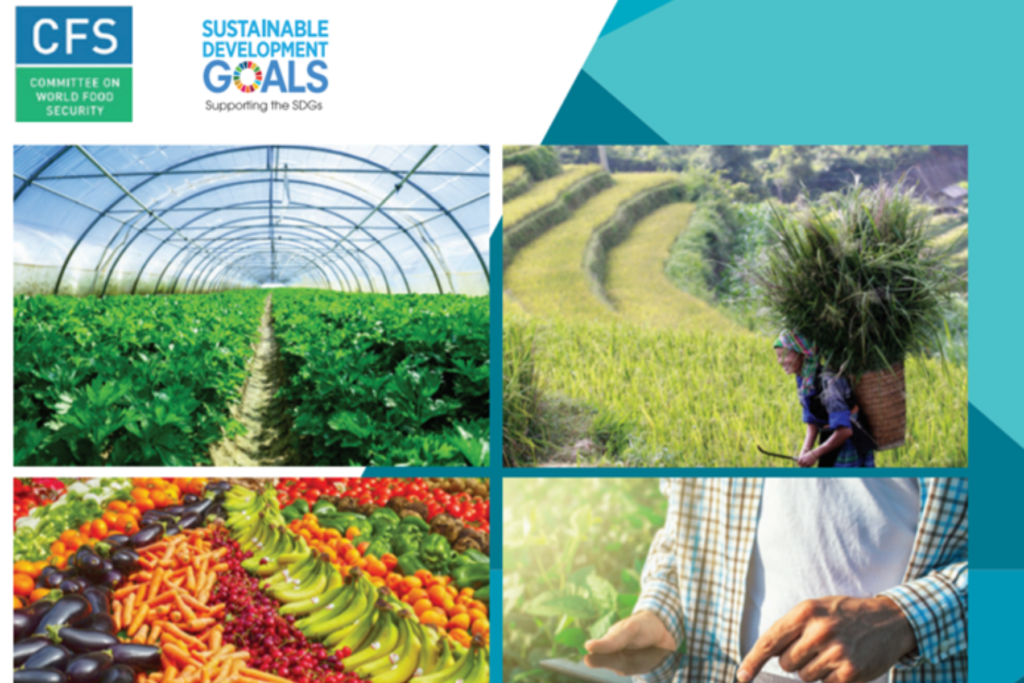

In-depth understanding of global supply and demand trends
“2018 and early 2019 will see balanced supply and demand overall but high price volatility” Mélanie Richard, Head of Economy, CNIEL
The Dairy Outlook session opened with the launch of the new edition of IDF’s flagship publication, the 2019 IDF World Dairy Situation Report. Developed by experts from dairy producing countries around the world, the report provides an in-depth understanding of the current macro supply and demand trends affecting the dairy sector in over 50 countries around the world. The report offers strategic insights into a dynamic and growing world dairy market for use by producers of milk, dairy product manufacturers, and ultimately consumers of those products around the globe, the report’s contents, including statistics on production, consumption and trade in all regions of the world, as well as specific observations from IDF member countries, will help the reader to better understand and deal with the many challenges and opportunities facing the global dairy market. Selected insights:
- Lower production growth prospects but possible recovery in main exporting regions’ deliveries, this depending most notably on New Zealand milk pool development
- International demand should remain firm even if economic prospects are slightly weaker than last year, but is unclear whether will be less focused on butterfat
- As in the first half of 2019 (+3%), trade should show reasonable increase although at a slower pace than last year
- Overall, balanced supply and demand prospects should maintain the actual price level
Focus on the Turkish Dairy Sector
“Total export value of Turkey’s dairy products is more than $325M” Professor Nevzat Artik of Ankara University
Turkey is the 8th largest milk producer in the world and the 3rd largest producer in Europe. Key products for export in Turkey are cheese, whey powder and milk powder, with the leading markets for dairy products Saudi Arabia, Qatar, Iraq, Azerbaijan, United Arab Emirates. Total import value is around $92M, with butter and cheese the leading imports and New Zealand, Ireland and Ukraine the main suppliers.
OECD‑FAO Agricultural Outlook 2019‑2028
Analysis of the market situation and projections for world and national dairy markets for the ten-year period 2019-28 from Jonathan Brooks, Head of Agro-Food Trade & Markets at the OECD presented a generally positive outlook for dairy globally:
- Growth in world milk production is projected to increase by 22% over the projection period, with a large share of the increase coming from Pakistan and India. Fresh dairy products will meet much of the additional demand for protein in South Asia (especially in India and Pakistan).
- In 2027, these two countries are expected to jointly account for 32% of global milk production. Most of the additional production in these countries will be consumed domestically as fresh dairy products.
- Over the projection period, the European Union’s share in global exports of dairy commodities is expected to increase from 27% to 29%.
- As the 2017 butter bubble continues to deflate, nominal and real prices for butter will decrease over the projection period.
- With the exception of skim milk powder (SMP), dairy prices are expected to decrease in real terms.
- Strong demand for animal products provides incentives to expand production in the livestock sector through larger herds
- Agricultural production will grow fastest in developing regions, with the highest level of growth predicted in India and Africa
Global consumer trends
“We’re in a situation now that the consumer voice is beginning to shape policy. We need to ensure that this is not at the expense of science and nutrition” Zoe Kavanagh, Chair of IMP & CEO of National Dairy Council
In a preview of IDF’s upcoming Global Marketing Trends report released later in the year, global trends shaping policy were discussed. Key points of caution for the sector:
- Selected consumer groups are beginning to shape policy at the expense of science and nutrition. Dairy has clear, proven health benefits and is an essential part of our diets. The sector must ensure that policy reflects science, evidence and proven dietary guidelines that have positive impacts for health
- A clear distinction must be made between the privileged ‘questioning’ consumer and the average global consumer
- There is a need for the sector globally not to get distracted by the privileged ‘questioning’ consumer and jumping on trends and instead and focus on the important contribution that dairy makes to global nutrition
- There is a need to ensure that the dairy sector has a place at the global table when these discussions are taking place to ensure the right science is being discussed.
The IDF Global Marketing Trends report will be available in January 2020.















